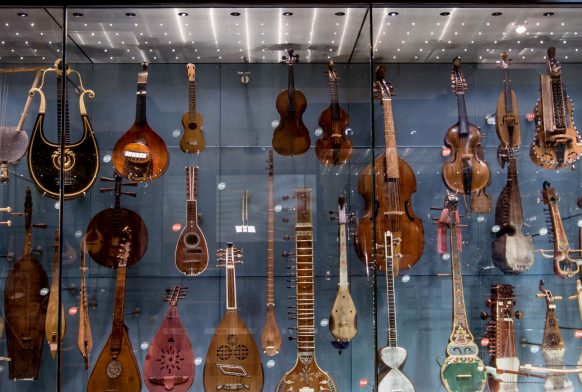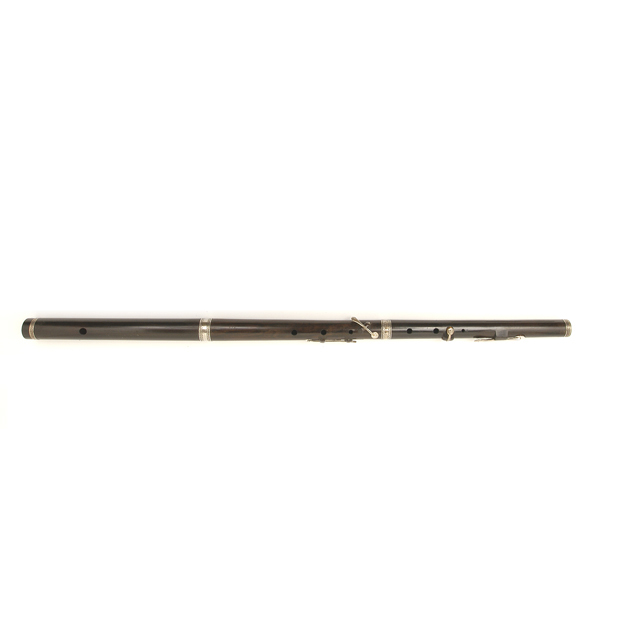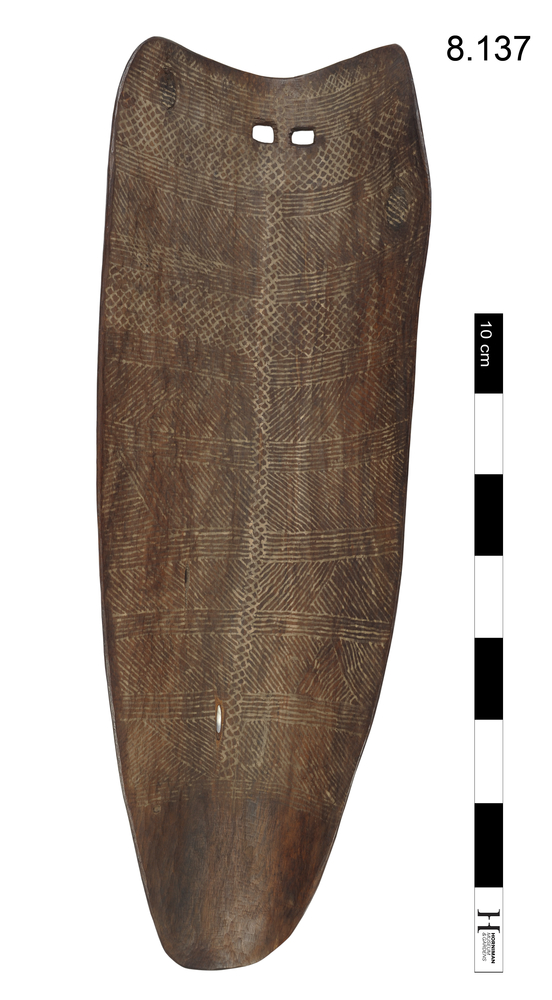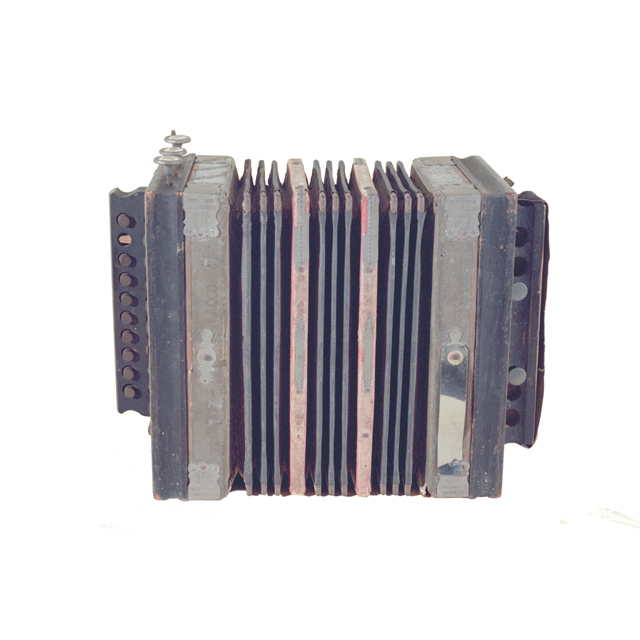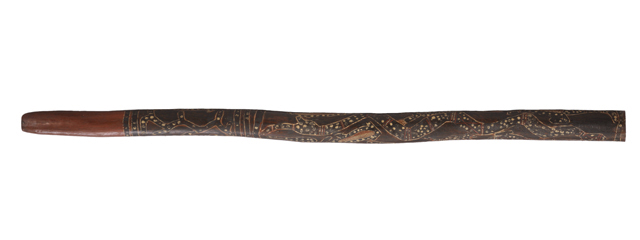
Launeddas triple clarinet. Two melody pipes with four fingerholes, one drone.
The launeddas is a traditional instrument of the Italian island of Sardinia. Like the zampogna, the bagpipe from southern Italy, the launnedas has two melody pipes with finger holes and one bass pipe without. The smallest pipe (known as the mankossedda) plays the melody, the middle pipe (the mankosa) an accompaniment and the bass pipe (the tumbu) a continuous drone note. Circular breathing enables the player sustain the notes without having to stop for breath. Curt Sachs writes in 'The History of Musical Instruments' (New York 1940 p.91) 'Players of the…launedda train their pupils in this difficult technique by means of a straw and a vessel filled with water; dipping the straw and blowing, the boy has to keep blowing while he is breathing in and out; if the water stops gurgling, the teacher gives him a box on the ear.'



